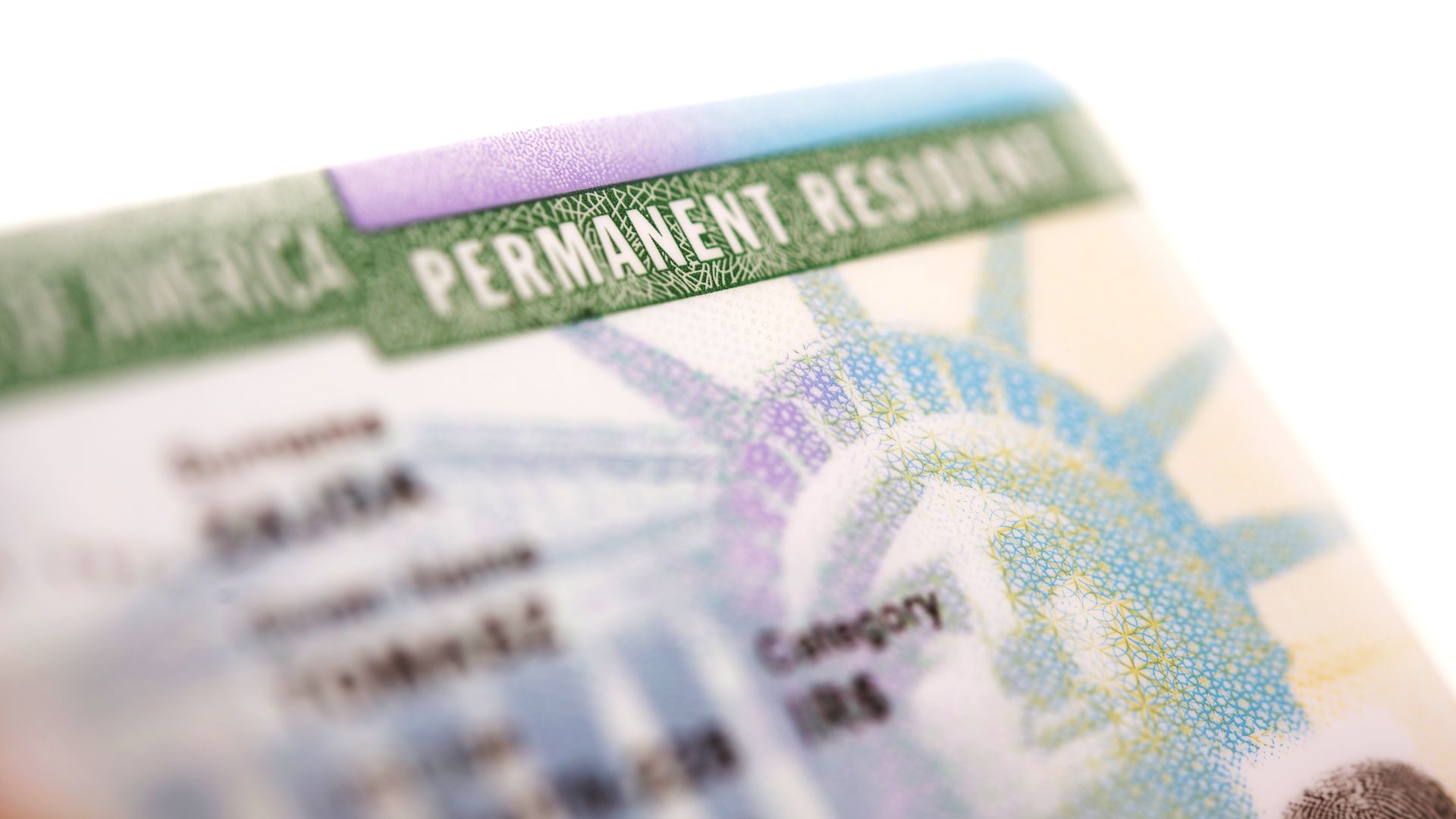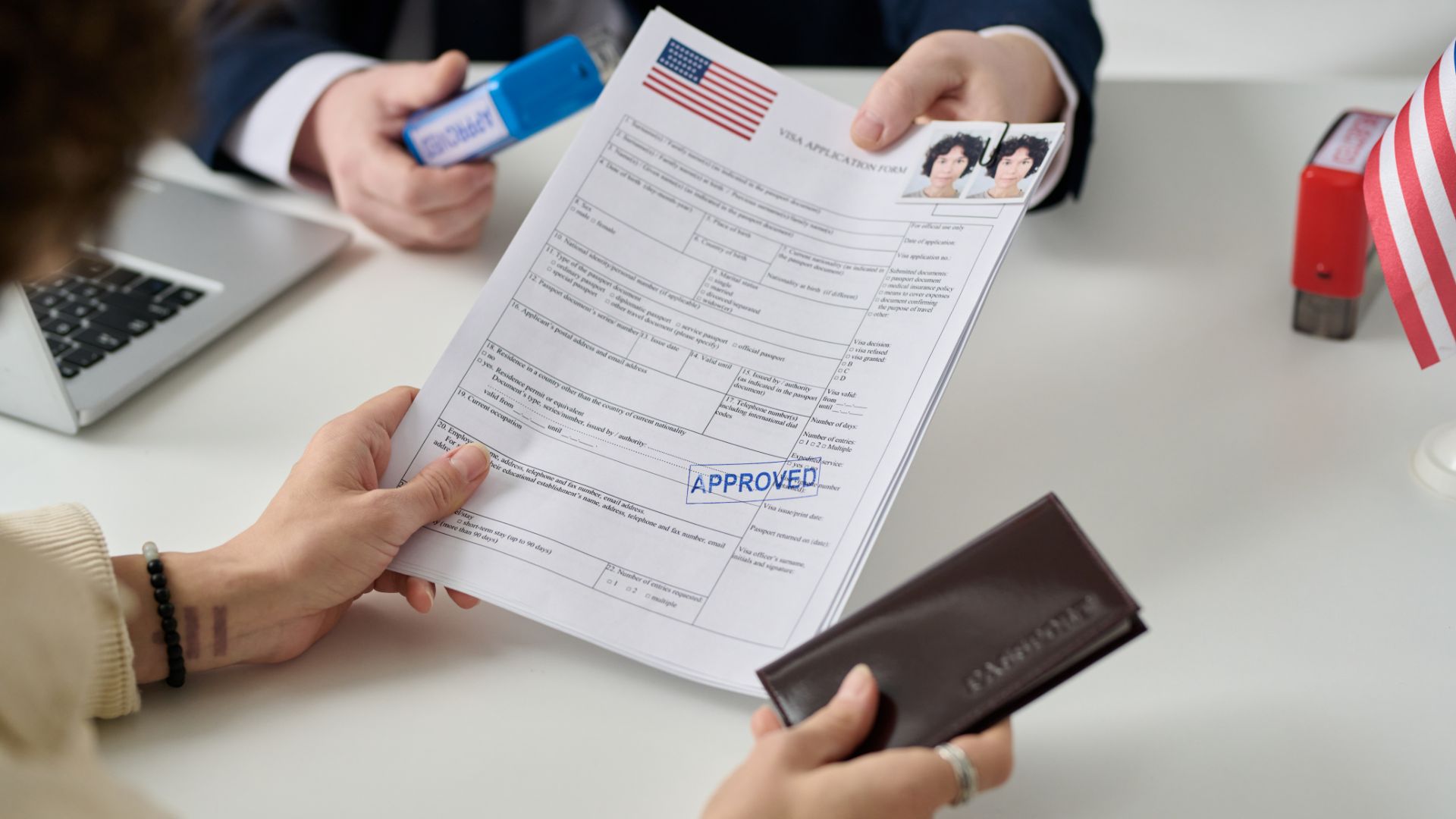In a significant policy shift announced on April 10, 2024, U.S. Citizenship and Immigration Services (USCIS) adopted the Department of Labor’s (DOL) regulatory definition of “Science or Art” for Schedule A, Group II cases. This update provides a new, streamlined option for employers to sponsor foreign national employees for permanent residence, bypassing the traditional PERM process.
What This Means for Employers and Foreign Nationals
By aligning with the DOL’s definition, USCIS is offering a clearer, more accessible pathway for international STEM scholars, researchers, and other experts to remain in the United States. This change is part of the administration’s broader commitment to supporting STEM fields and addressing labor shortages in specialized occupations.
The Schedule A, Group II immigrant visa process allows employers to sponsor foreign workers in occupations where there are not enough qualified U.S. workers. Notably, this process does not require a labor market test or the filing of Form ETA 9089 with the DOL, which are typically mandatory under the PERM process.
Expanded Eligibility Criteria
USCIS will now consider fields of knowledge or skill that colleges and universities commonly offer specialized courses in when adjudicating Schedule A, Group II cases. This clarification potentially broadens the pool of candidates eligible for this visa category, making it an attractive alternative to the more costly and time-consuming PERM process.
To qualify for Schedule A, Group II, a beneficiary must meet specific criteria that demonstrate exceptional ability in their field. Employers must show that the beneficiary has received widespread acclaim and international recognition and that their work in the field over the past year has required exceptional ability. Applicants need to satisfy at least two of the following seven criteria:
- Internationally Recognized Awards: Documentation of the beneficiary’s receipt of internationally recognized prizes or awards for excellence in their field.
- Professional Memberships: Documentation of the beneficiary’s membership in international associations that require outstanding achievement of their members.
- Published Material: Evidence of published material in professional publications about the beneficiary’s work, including the title, date, and author.
- Judging Work of Others: Evidence of the beneficiary’s participation as a judge of the work of others in their field.
- Scientific or Scholarly Contributions: Evidence of the beneficiary’s original scientific or scholarly research contributions of major significance.
- Authorship: Evidence of the beneficiary’s authorship of published scientific or scholarly articles in international professional journals.
- Artistic Exhibitions: Evidence of the display of the beneficiary’s work at artistic exhibitions in more than one country.
Separate criteria apply for beneficiaries in the performing arts.
Advantages Over the PERM Process
This policy update offers several significant advantages:
- Time Savings: The Schedule A process can save employers more than a year in processing time compared to the PERM process, which currently has a 13-month adjudication timeline.
- Cost Efficiency: Employers can avoid the high costs associated with PERM’s recruitment advertisements and labor market tests.
- Simplicity: The streamlined process reduces administrative burdens, making it easier for employers to sponsor highly skilled foreign nationals.
Practical Implications
While a prevailing wage determination from the DOL and a Notice of Filing at the worksite are still required, the elimination of the labor market test and the need for DOL adjudication of Form ETA 9089 makes this an attractive option. This is especially beneficial in the current climate where H-1B cap selection rates are low and L-1 visa holders face strict limits on their stay in the U.S.
Conclusion
This new pathway for permanent residence could prove crucial for employers seeking to navigate the complexities of the U.S. immigration system while securing the talent necessary for innovation and growth. As this policy is effective immediately, employers and foreign nationals should consider exploring this option to take advantage of its potential benefits.








